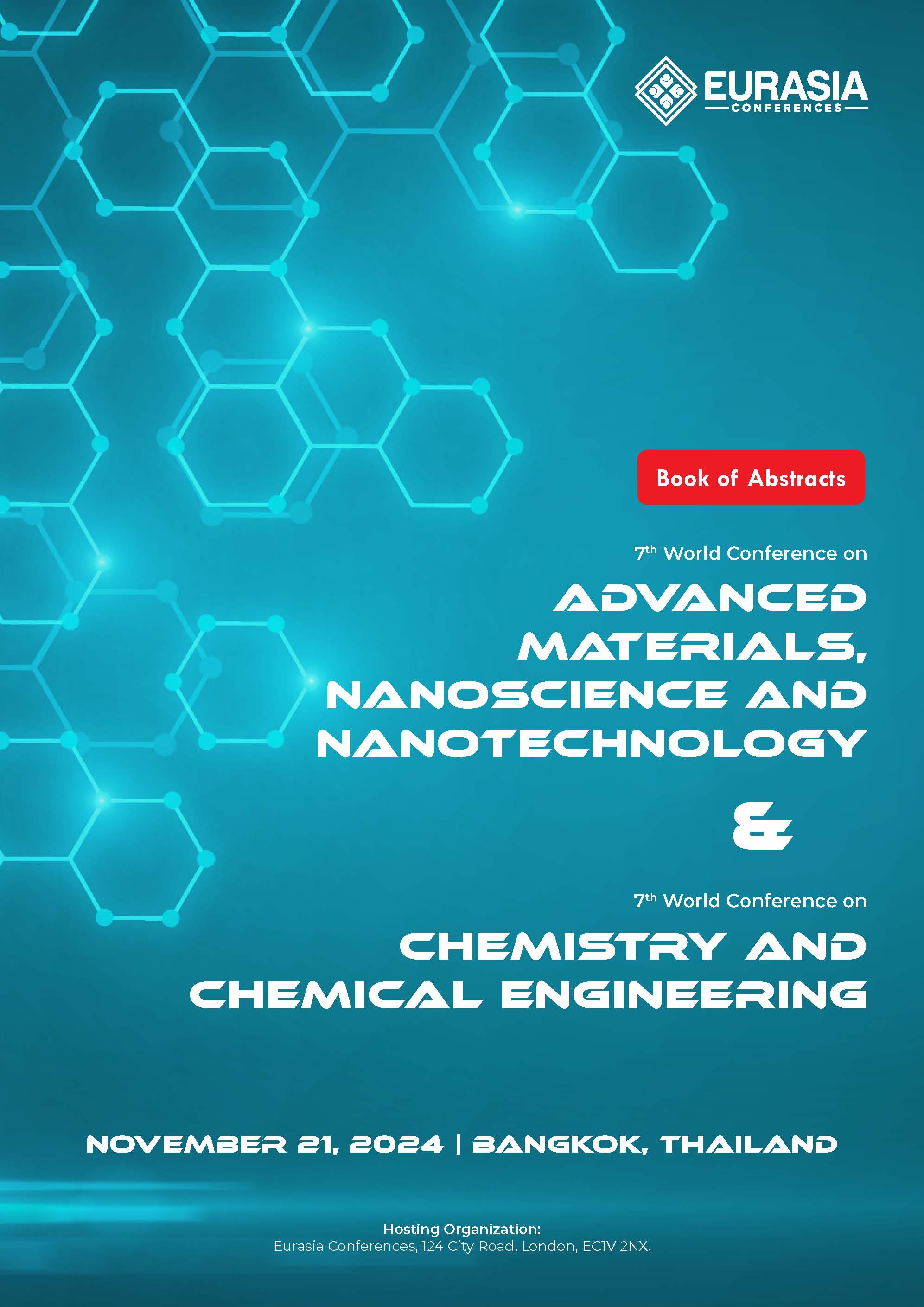
Ganesha Honnu
In recent years, biomass carbon material doped metal oxides have gained significant attention in energy storage applications due to their remarkable power density (PD) and high energy density (ED), along with superior specific capacitance (Csp), low cost, and excellent electrochemical stability. In this study, we utilized bio waste maize cob carbon material through a one-step carbonization method, and the maize cob/zinc oxide-doped cobalt oxide (MC/ZnO/Co) material was synthesized using the hydrothermal method. Additionally, various techniques are employed for the characterization of materials and structures. The FESEM analysis validates the development of a porous morphology in the MC material, whereas the MC/ZnO/Co composite material demonstrates alterations in its morphological structure. XRD, FTIR, XPS, BET, and UV-visible spectra were utilized to analyze the crystal phase, functional groups, chemical alterations, as well as optical and structural modifications in the synthesized materials. The fabricated MC/ZnO/Co composite electrode exhibits an impressive Csp of 526.3 at a current density of 2.5 A g-1, significantly surpassing the Csp values of 444 and 333.3 F g-1 for the ZnO and MC electrode materials, respectively. Furthermore, the MC/ZnO/Co composite electrode materials exhibited an elevated energy density and power density of 38.5 Whkg-1 at 1375 Wkg-1, demonstrating remarkable cyclic retention even after 5000 cycles. The findings indicate that the developed electrode material stands out as a strong contender for use in supercapacitors.